Soumya Snigdha Kundu
UltraFlwr -- An Efficient Federated Medical and Surgical Object Detection Framework
Mar 19, 2025Abstract:Object detection shows promise for medical and surgical applications such as cell counting and tool tracking. However, its faces multiple real-world edge deployment challenges including limited high-quality annotated data, data sharing restrictions, and computational constraints. In this work, we introduce UltraFlwr, a framework for federated medical and surgical object detection. By leveraging Federated Learning (FL), UltraFlwr enables decentralized model training across multiple sites without sharing raw data. To further enhance UltraFlwr's efficiency, we propose YOLO-PA, a set of novel Partial Aggregation (PA) strategies specifically designed for YOLO models in FL. YOLO-PA significantly reduces communication overhead by up to 83% per round while maintaining performance comparable to Full Aggregation (FA) strategies. Our extensive experiments on BCCD and m2cai16-tool-locations datasets demonstrate that YOLO-PA not only provides better client models compared to client-wise centralized training and FA strategies, but also facilitates efficient training and deployment across resource-constrained edge devices. Further, we also establish one of the first benchmarks in federated medical and surgical object detection. This paper advances the feasibility of training and deploying detection models on the edge, making federated object detection more practical for time-critical and resource-constrained medical and surgical applications. UltraFlwr is publicly available at https://github.com/KCL-BMEIS/UltraFlwr.
KneeXNeT: An Ensemble-Based Approach for Knee Radiographic Evaluation
Dec 10, 2024
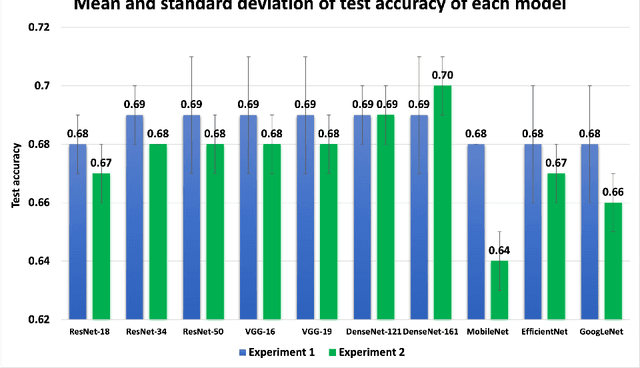
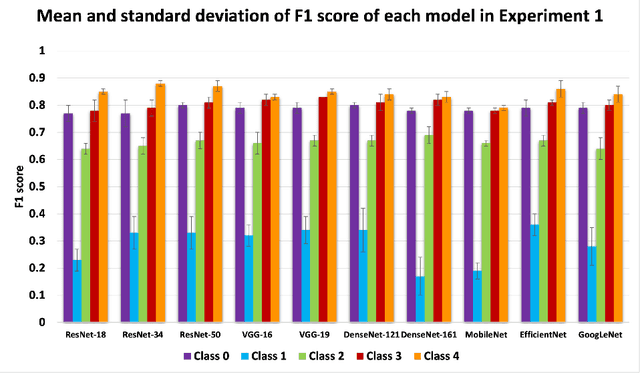
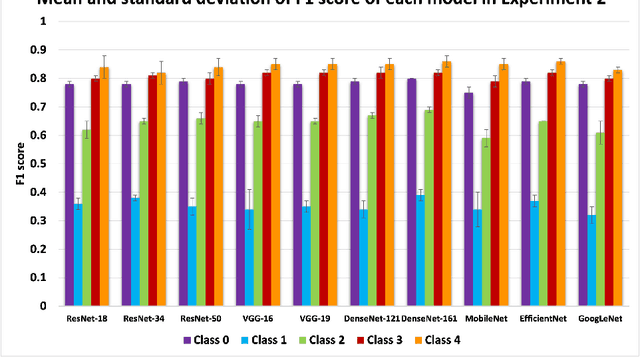
Abstract:Knee osteoarthritis (OA) is the most common joint disorder and a leading cause of disability. Diagnosing OA severity typically requires expert assessment of X-ray images and is commonly based on the Kellgren-Lawrence grading system, a time-intensive process. This study aimed to develop an automated deep learning model to classify knee OA severity, reducing the need for expert evaluation. First, we evaluated ten state-of-the-art deep learning models, achieving a top accuracy of 0.69 with individual models. To address class imbalance, we employed weighted sampling, improving accuracy to 0.70. We further applied Smooth-GradCAM++ to visualize decision-influencing regions, enhancing the explainability of the best-performing model. Finally, we developed ensemble models using majority voting and a shallow neural network. Our ensemble model, KneeXNet, achieved the highest accuracy of 0.72, demonstrating its potential as an automated tool for knee OA assessment.
Spinal Osteophyte Detection via Robust Patch Extraction on minimally annotated X-rays
Feb 29, 2024Abstract:The development and progression of arthritis is strongly associated with osteophytes, which are small and elusive bone growths. This paper presents one of the first efforts towards automated spinal osteophyte detection in spinal X-rays. A novel automated patch extraction process, called SegPatch, has been proposed based on deep learning-driven vertebrae segmentation and the enlargement of mask contours. A final patch classification accuracy of 84.5\% is secured, surpassing a baseline tiling-based patch generation technique by 9.5%. This demonstrates that even with limited annotations, SegPatch can deliver superior performance for detection of tiny structures such as osteophytes. The proposed approach has potential to assist clinicians in expediting the process of manually identifying osteophytes in spinal X-ray.
Using network metrics to explore the community structure that underlies movement patterns
Sep 14, 2023Abstract:This work aims to explore the community structure of Santiago de Chile by analyzing the movement patterns of its residents. We use a dataset containing the approximate locations of home and work places for a subset of anonymized residents to construct a network that represents the movement patterns within the city. Through the analysis of this network, we aim to identify the communities or sub-cities that exist within Santiago de Chile and gain insights into the factors that drive the spatial organization of the city. We employ modularity optimization algorithms and clustering techniques to identify the communities within the network. Our results present that the novelty of combining community detection algorithms with segregation tools provides new insights to further the understanding of the complex geography of segregation during working hours.
IS-CAM: Integrated Score-CAM for axiomatic-based explanations
Oct 06, 2020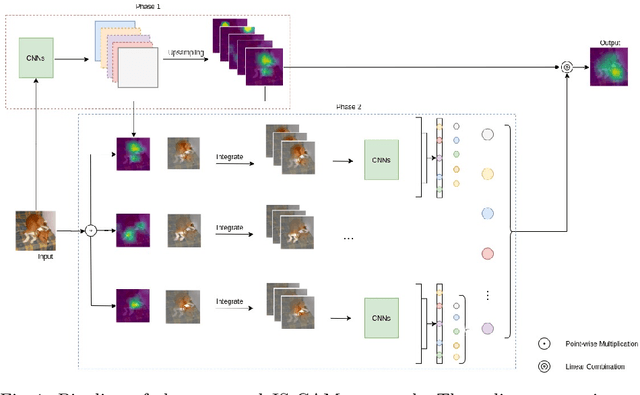
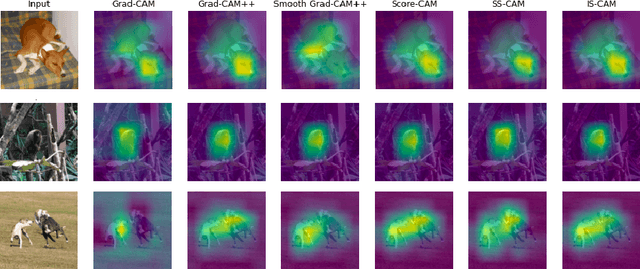
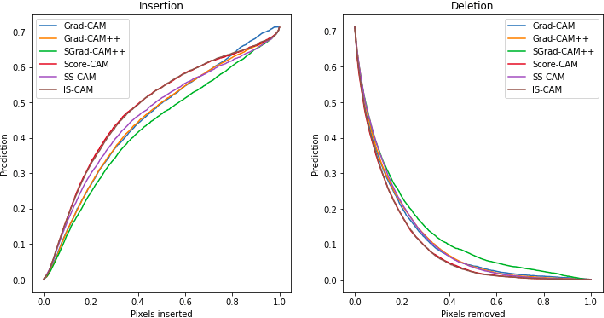

Abstract:Convolutional Neural Networks have been known as black-box models as humans cannot interpret their inner functionalities. With an attempt to make CNNs more interpretable and trustworthy, we propose IS-CAM (Integrated Score-CAM), where we introduce the integration operation within the Score-CAM pipeline to achieve visually sharper attribution maps quantitatively. Our method is evaluated on 2000 randomly selected images from the ILSVRC 2012 Validation dataset, which proves the versatility of IS-CAM to account for different models and methods.
SS-CAM: Smoothed Score-CAM for Sharper Visual Feature Localization
Jul 15, 2020



Abstract:Interpretation of the underlying mechanisms of Deep Convolutional Neural Networks has become an important aspect of research in the field of deep learning due to their applications in high-risk environments. To explain these black-box architectures there have been many methods applied so the internal decisions can be analyzed and understood. In this paper, built on the top of Score-CAM, we introduce an enhanced visual explanation in terms of visual sharpness called SS-CAM, which produces centralized localization of object features within an image through a smooth operation. We evaluate our method on the ILSVRC 2012 Validation dataset, which outperforms Score-CAM on both faithfulness and localization tasks.
 Add to Chrome
Add to Chrome Add to Firefox
Add to Firefox Add to Edge
Add to Edge